Echinodorus macrophyllus
Scientific name: Echinodorus macrophyllus
Family: Alismataceae
Maximum size reached under cultivation: 30 - 50 cm (11.81 - 19.69 inch)
014
Recommended pH range: 5.7 - 7.7
Recommended water hardness: 0 - 18°dGH (0 - 321.43ppm)
0°C 32°F30°C 86°F
Recommended temperature range: 20 - 28 °C (68 - 82.4°F)
Preferred propagation method: Rhizome
Native to: South America
Growth rate: Normal
Recommended substrate: Fine gravel
Lighting requirements: Bright
Ideal placement in tank: Background
🌿 Family
Alismataceae
🏷️ Common Name
Broadleaf Sword, formerly sold as Echinodorus radicans
🌍 Origin
South America; native to Brazil, Guyana, and surrounding regions. It grows in wetlands, along riverbanks, and in temporarily flooded zones.
📍 Planting Area
Background in large aquariums or emersed in paludariums and pond margins. The plant develops tall, leathery leaves and performs best when grown above water with its roots submerged.
💡 Lighting Requirements
Bright light is recommended to support healthy leaf growth and coloration. In emersed conditions, natural or strong artificial light is preferred.
🌱 Propagation
Echinodorus macrophyllus reproduces by forming adventitious plantlets on flower stalks, and by rhizome division. To propagate, gently separate the young plantlets or divide sections of the rhizome that show new growth. Replant into nutrient-rich substrate and provide stable humidity or submersion at the root zone.
⚙️ Difficulty
Medium. While it tolerates a range of water conditions, it grows best when allowed to remain emersed. Fully submerged cultivation is possible, but temporary and usually results in slow decline unless conditions are optimal.
📝 Short Description
Echinodorus macrophyllus is a large, bold-leaved sword plant often used in open-top aquariums, paludariums, and around ponds. It can produce flower stalks above the waterline, especially under stable and bright conditions. When kept emersed, spray the leaves regularly to prevent drying. Though sometimes sold for underwater planting, it is best suited for semi-aquatic environments. Its strong, structural foliage makes it ideal for natural-looking displays.
❓ FAQs
-
Can Echinodorus macrophyllus live fully submerged?
It can survive submerged for a limited time, but it grows best in emersed or semi-aquatic setups where its leaves can extend above the surface.
-
Does this plant flower underwater?
No, flowering occurs only in emersed conditions. Flowers appear on tall stalks that emerge above the waterline.
-
What is the best setup for long-term growth?
A paludarium, riparium, or pond edge with nutrient-rich substrate and consistent moisture at the base offers the best environment.
-
Is Echinodorus macrophyllus suitable for beginners?
It can be suitable if kept emersed. Submerged culture may be more challenging, especially without high light and stable nutrients.

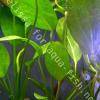 Echinodorus “Ozelot”
Echinodorus “Ozelot” Echinodorus “Red Flame”
Echinodorus “Red Flame”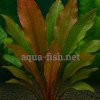 Echinodorus “Red Special”
Echinodorus “Red Special”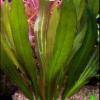 Echinodorus “Rubin”
Echinodorus “Rubin” Echinodorus “Tricolour”
Echinodorus “Tricolour”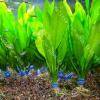 Echinodorus amazonicus
Echinodorus amazonicus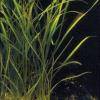 Echinodorus angustifolius
Echinodorus angustifolius Echinodorus bleheri
Echinodorus bleheri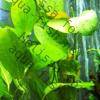 Echinodorus cordifolius
Echinodorus cordifolius Echinodorus grandiflorus
Echinodorus grandiflorus Echinodorus horemanii
Echinodorus horemanii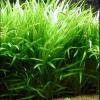 Echinodorus latifolius
Echinodorus latifolius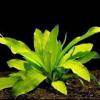 Echinodorus major
Echinodorus major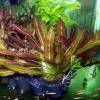 Echinodorus osiris
Echinodorus osiris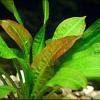 Echinodorus parviflorus
Echinodorus parviflorus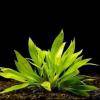 Echinodorus quadricostatus
Echinodorus quadricostatus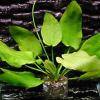 Echinodorus schlueteri
Echinodorus schlueteri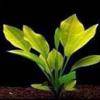 Echinodorus subalatus
Echinodorus subalatus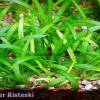 Echinodorus tenellus
Echinodorus tenellus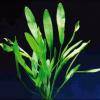 Echinodorus uruguayensis
Echinodorus uruguayensis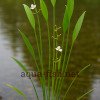 Sagittaria graminea
Sagittaria graminea Sagittaria platyphylla
Sagittaria platyphylla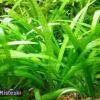 Sagittaria subulata
Sagittaria subulata